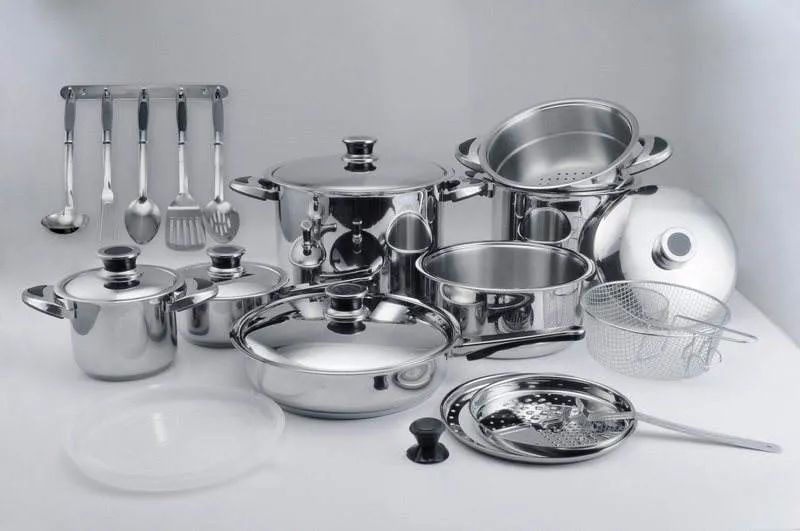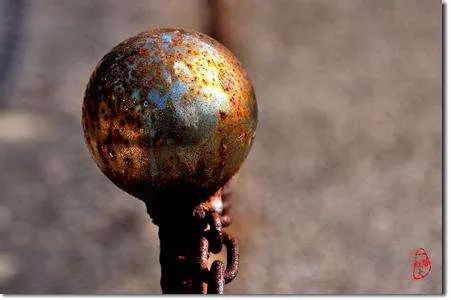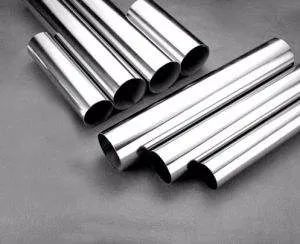
Most people think that stainless steel is a metal material that will not rust and is acid and alkali resistant. But in daily life, people find that stainless steel pots and electric kettles used for cooking often have rust spots or rust spots. What exactly is going on?

Let us first understand, what is stainless steel?
According to the national standard GB/T20878-2007 "Stainless Steel and Heat-Resistant Steel Grades and Chemical Compositions", the definition of stainless steel is: stainless steel and corrosion resistance as the main characteristics, with a chromium content of at least 10.5% and a carbon content of no more than 1.2%. steel. Types that are resistant to chemical corrosion media (acid, alkali, salt, etc.) are called acid-resistant steel.

So why is stainless steel resistant to corrosion?
Because stainless steel, after being formed, will undergo comprehensive pickling and passivation to remove all kinds of oil, rust and other dirt on the surface. The surface will become uniform silver, forming a uniform and dense passivation film, thus reducing the resistance of stainless steel to oxidizing media. Medium corrosion rate and improved corrosion resistance.
So with such a passivation film on stainless steel, will it definitely not rust?

In fact, in our daily life, the chloride ions in the salt have a destructive effect on the passive film of stainless steel, which may cause the precipitation of metal elements.
Currently, theoretically, there are two types of damage to the passivation film caused by chlorine ions:
1. Phase film theory: Chloride ions have a small radius and strong penetrating ability. They can easily penetrate the very small gaps in the oxide film, reach the metal surface, and interact with the metal to form soluble compounds, which changes the structure of the oxide film.
2. Adsorption theory: Chloride ions have a strong ability to be adsorbed by metals. They can be adsorbed by metals preferentially and expel oxygen from the metal surface. Chloride ions and oxygen ions compete for adsorption points on the metal surface and form chloride with the metal; The adsorption of chloride and metal is unstable, forming soluble substances, which leads to accelerated corrosion.
For stainless steel inspection:
Stainless steel inspection is divided into six performance tests and two analysis projects
Performance Testing:
Physical properties, chemical properties, mechanical properties, processability, metallographic inspection and non-destructive inspection
Analysis Project:
Fracture analysis, corrosion analysis, etc.;
In addition to the standards used to distinguish GB/T20878-2007 "Stainless Steel and Heat-Resistant Steel Grades and Chemical Compositions", there are also:
GB/T 13305
GB/T 13671
GB/T 19228.1, GB/T 19228.2, GB/T 19228.3
GB/T 20878 Stainless steel and heat-resistant steel grades and chemical compositions
The national standard for food-grade stainless steel inspection is GB9684-2011 (stainless steel products). The inspection of food-grade stainless steel is divided into two parts: main materials and non-main materials.
How to operate:
1. Marking: Stainless steel testing requires marking the ends of the testing materials with paint of different colors.
2. Printing: The method of spray painting on the parts (ends, end faces) specified in the inspection, indicating the grade, standard, specifications, etc. of the material.
3. Tag: After the inspection is completed, the material will be put into bundles, boxes, and shafts to indicate its grade, size, weight, standard number, supplier, etc.
Post time: Dec-27-2023





